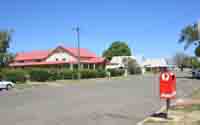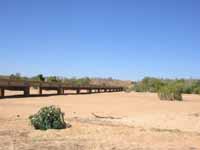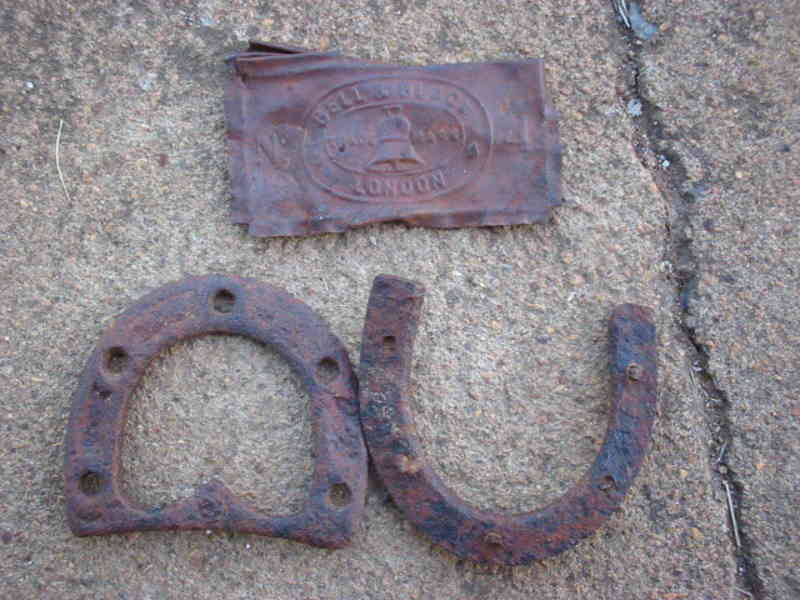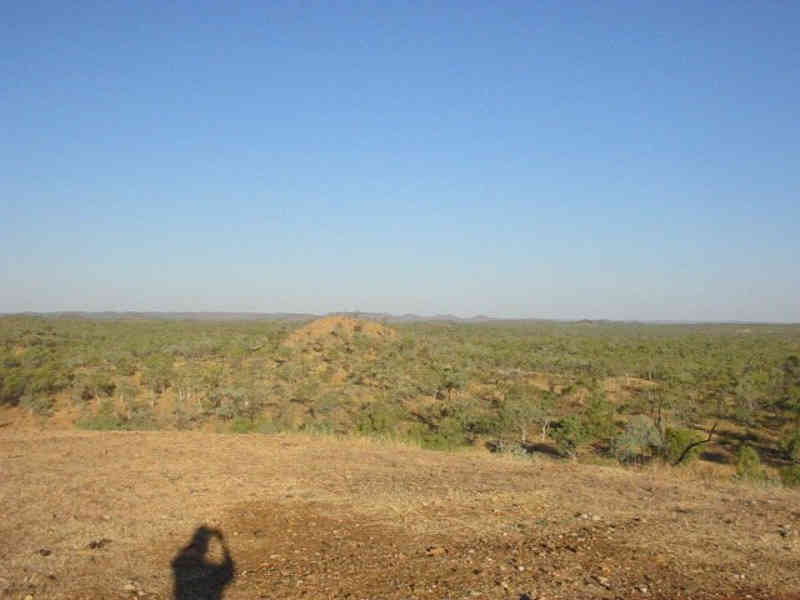

(population 300), is situated 411 kms west of Cairns, was one of the main towns on the Etheridge Gold field and is the administrative center of the Etheridge Shire. Georgetown is situated on the Gulf Development Road between the Atherton Tablelands and the Gulf of Carpentaria.
The country around Georgetown consists of spectacular outback scenery and the area is famous for its gemstones (topaz, quartz, spinel, garnet, caringorn, aquamarine, sapphires), and gold nuggets. Georgetown was the site of a gold rush in the early 1870s, and historical buildings and remnants date back to that time.
You can get fuel and food in Georgetown and the town has a pub, a motel and a caravan park. There is also a library, small hospital, free public swimming pool, a golf course, and a museum.

Georgetown is home to one of the largest mineral collections in Australia (and the world) - the Ted Elliot Mineral collection. The TerrEstrial Project houses the collection in a building which also serves as the town's tourist information center, library, and Internet cafe. There are more than 4,500 mineral specimens on display in 9 themed rooms. The display also includes gold nuggets from the Georgetown area, including the Providence Nugget.


Gold fossickers need permission from property owners before prospecting or detecting for gold. Some station owners allow fossicking and/or camping on their properties. Camping and gold fossicking is welcome at Flat Creek Station, 45 kms from Georgetown on the Forsayth road. Some large nuggets have been found on Flat Creek Station, including a 16 oz nugget in 2010.
Flat Creek Station is the site of MacDonaldtown but there is not much left of this ghost town. When I visited there in 2002 you could see the remnant of a baker's oven. While gold fossicking there you are likely to find horse and donkey shoes, old metal matchboxes, nails, boot-heels, bottles and other historical artefacts.


A specimen nugget found in June, 1896, at Mount Macdonald, weighing 151 ounces was dollied and smelted, yielding 85 ounces of gold, valued at £3 5s. per ounce. Other large specimens were found recently in the same locality. ~Edward Palmer, Early Days in North Queensland, 1903
Fossicking licences can be obtained from the Department of Natural Resources & Mines in Georgetown, phone: 0740 621204, or purchased online on the Queensland Government website. Camping in fossicking areas also requires a permit, which can be obtained along with the fossicking permit.


Between the turn-off on the Kennedy Highway and Georgetown is Mt Surprise and the nearby O'Brians Creek fossicking area, where topaz and other precious and semi-precious gems can be found. Fossickers can camp at the privately owned Elizabeth Creek camping area where there are toilets and showers. Accommodation is also available at Mt Surprise which has two caravan parks, one of which has motel units. Mt Surprise has a railway station and is a stop on the weekly Savannahlander rail service. Public Transport is available on Trans North Bus and there is an airstrip. Get more information about tours and transport in Far North Queensland.
In 1868, Queensland Government geologist Richard Daintree discovered gold on the Gilbert River, and his reports, set off a gold rush. In July 1869 there were 3000 men engaged in prospecting, mining, and supporting industries. Georgetown was originally named Etheridge and by 1871 had a population of 600. Georgetown became a point on the telegraph line between Normanton and Cardwell.
This article is part of the Goldfields section of the Atherton Tableland Netguide.
If you enjoyed this article, support the author with a tip for a cup of coffee or beer:
Atherton Tableland Netguide ©1998 Last update January 26, 2024 Privacy Policy About Us Contact Us